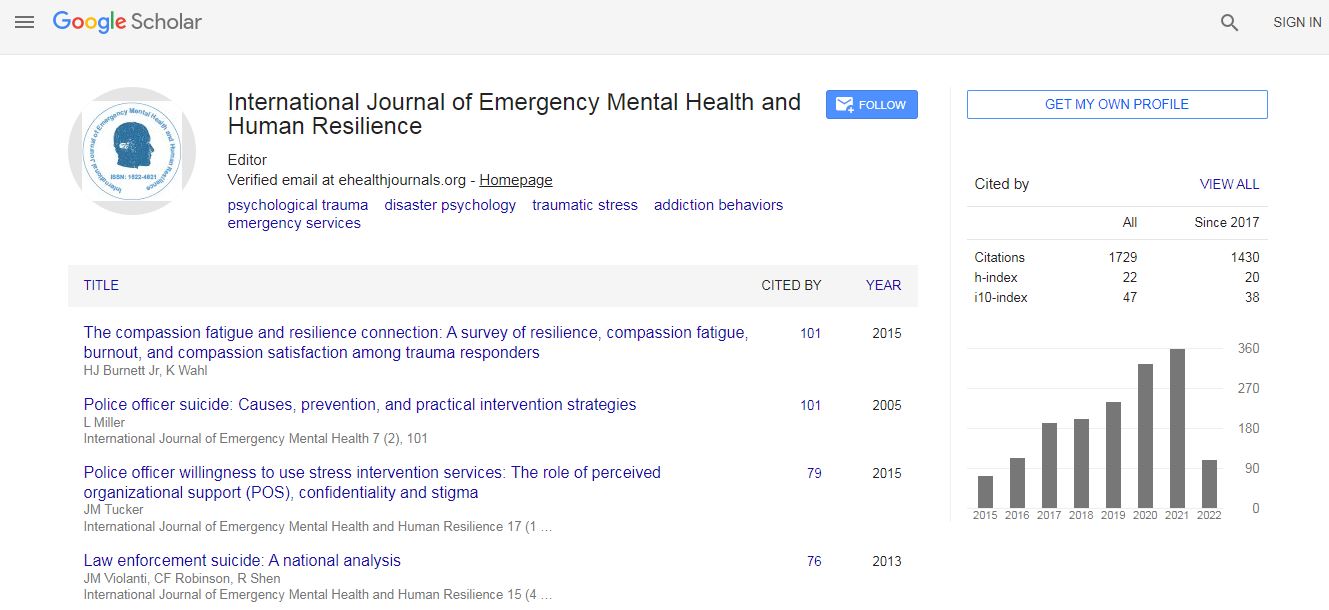Short Communication
Epidemiological Characteristics of Disaster-related Suicides in the 34 Years since the Great East Japan Earthquake
Ken Inoue1*, Haruo Takeshita2, Yoshikazu Takinami3, Masaharu Hoshi4, Yoshihiro Noso5, Nobuo Takeichi6, Junko Fujihara2, Kaori Kimura-Kataoka2, Yasuyuki Fujita6, Rei Wake7, Tsuyoshi Miyaoka7, Satoko Ezoe8, Jun Horiguchi7, Yuji Okazaki9,10
1Department of Public Health, Gunma University Graduate School of Medicine, Gunma, Japan
2Department of Legal Medicine, Faculty of Medicine, Shimane University, Shimane, Japan
3Department of Emergency and Critical Care Medicine, Faculty of Medicine, Shimane University, Shimane, Japan
4Hiroshima University, Hiroshima, Japan
5Department of General Medicine, Faculty of Medicine, Shimane University, Shimane, Japan
6Faculty of Medicine, Shimane University, Shimane, Japan
7Department of Psychiatry, Faculty of Medicine, Shimane University, Shimane, Japan
8Shimane University Health Service Center Izumo, Shimane, Japan
9Michinoo Hospital, Nagasaki, Japan
10Tokyo Metropolitan Matsuzawa Hospital, Tokyo, Japan
- *Corresponding Author:
- Ken Inoue
Department of Public Health
Gunma University Graduate School of Medicine
Gunma, Japan
E-mail: ke-inoue@med.shimane-u.ac.jp
Abstract
The Great East Japan Earthquake struck Japan with a magnitude of 9.0 at 2:46 PM on March 11, 2011. Five years have passed since the earthquake and subsequent tsunami struck, but the mental and physical care of the victims, the livelihoods of those affected, and the economic impact of the disaster continue to cause social concern (Orui, Harada, & Hayashi, 2014; Tokuzu, Ouchi, Kikuchi & Konno, et al., 2015; Yabuki, Ouchi, Kikuchi & Konno, 2015; Hara, 2015). Over the past few years, research has examined the effects of the disaster on the cognitive function of the elderly (Ishiki et al., 2016), and one study suggested that oxidative stress may be associated with disaster-related hypertension (DRH) in individuals exhibiting effects of the Great East Japan Earthquake (Shiraishi et al., 2016).

 Spanish
Spanish  Chinese
Chinese  Russian
Russian  German
German  French
French  Japanese
Japanese  Portuguese
Portuguese  Hindi
Hindi 